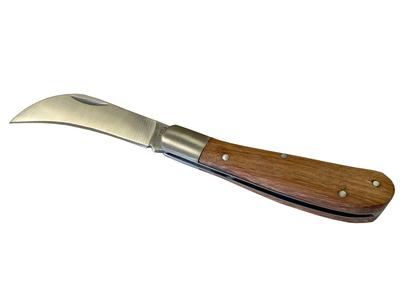
The ups and downs of frost
Many inland areas of the UK tend to see their first frost after the summer, in November. Some coastal areas in the west especially can remain frost-free all winter long, whereas frost-pockets as far apart as south-east England and central Scotland will have probably seen their first frosts at the start of October. The arrival of the first frosts brings about a rapid shift, turning the dulling greens of late summer into fierce autumnal colours, curling leaves and a freshness in the air last witnessed back in spring.
Spring frosts carry a higher risk of damage, as more sensitive flowers can be ruined completely. Last year, all the Magnolia blossom was browned, and the apple crop was decimated by a late frost. Spring frosts also has a tendency to seemingly seek-out any tender vegetable seedlings and flowering plants that were planted out too early, just to put gardeners in their place.
Frosts in autumn, however, tend to be less destructive. Dahlia foliage immediately becomes translucent and mushy once hit, quickly turning black, when the dead foliage and stems can then be cut back. At this point you have two options: The first is the traditional practice of lifting the tubers, cleaning them off with a brush and leaving to dry upside down. They can then be dusted with yellow sulphur to suppress fungal growth, and stored somewhere cool, dark and frost free. Pack them in sand or similar, to prevent them desiccating. This rigmarole often leads to some damage, rot and loss. In areas with a high water-table in winter, or really heavy soil, lifting is usually the best option. However, many people are now leaving their dahlia tubers in the ground, and simply protecting them from frost with a bucket-load of bulky compost or woodchip on top. If yoursite is reliably well-drained, give it a go.
Plants can generally tolerate colder conditions provided they are very well-drained at the roots. Winter wet is thought to kill more plants than frost. Hardy cactus such as some prickly pear species (Opuntia) and hardier forms of succulents like Echiveria and Agave, can come through winter outdoors provided they are growing a soil of mostly grit, in a fairly sheltered spot. If in doubt, keep them in a pot so they can be brought in if there is persistent wet and cold weather. Wrapping up outdoor containers in bubble wrap will also help protect the roots from frost, if you suspect the plant may be sensitive. Removing saucers and lifting pots onto pot feet or bricks is also key.
Frost can be your friend, however. Provided there’s no tender plants inside, leaving your greenhouse open in freezing conditions can help kill-off many glasshouse pests. Exposing heavy soil to freeze-thaw processes is vital for breaking down big clods to create a nice crumbly texture, provided you don’t walk on it when wet. When you’re going through adversity, remember that the frost makes the soil fertile.


